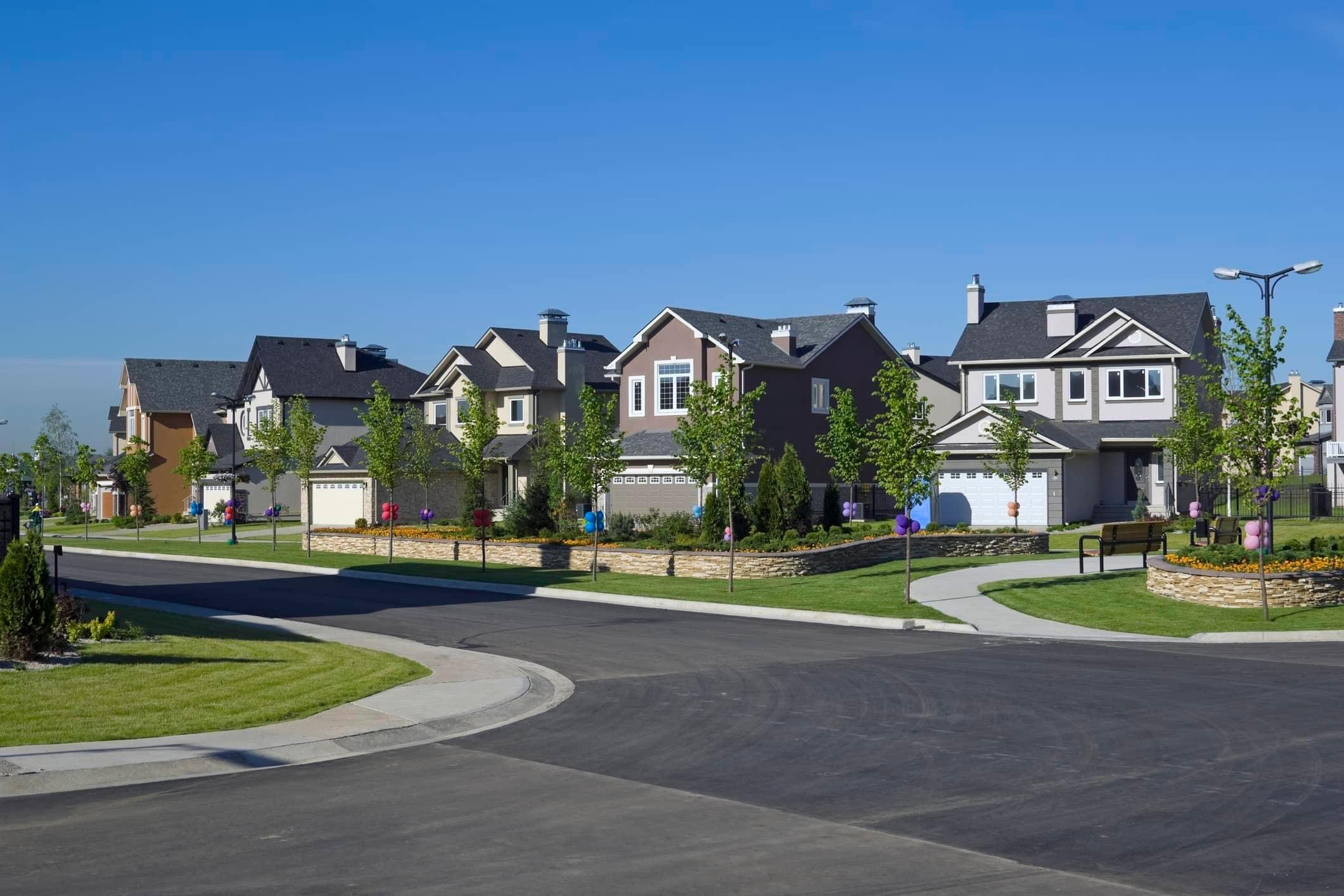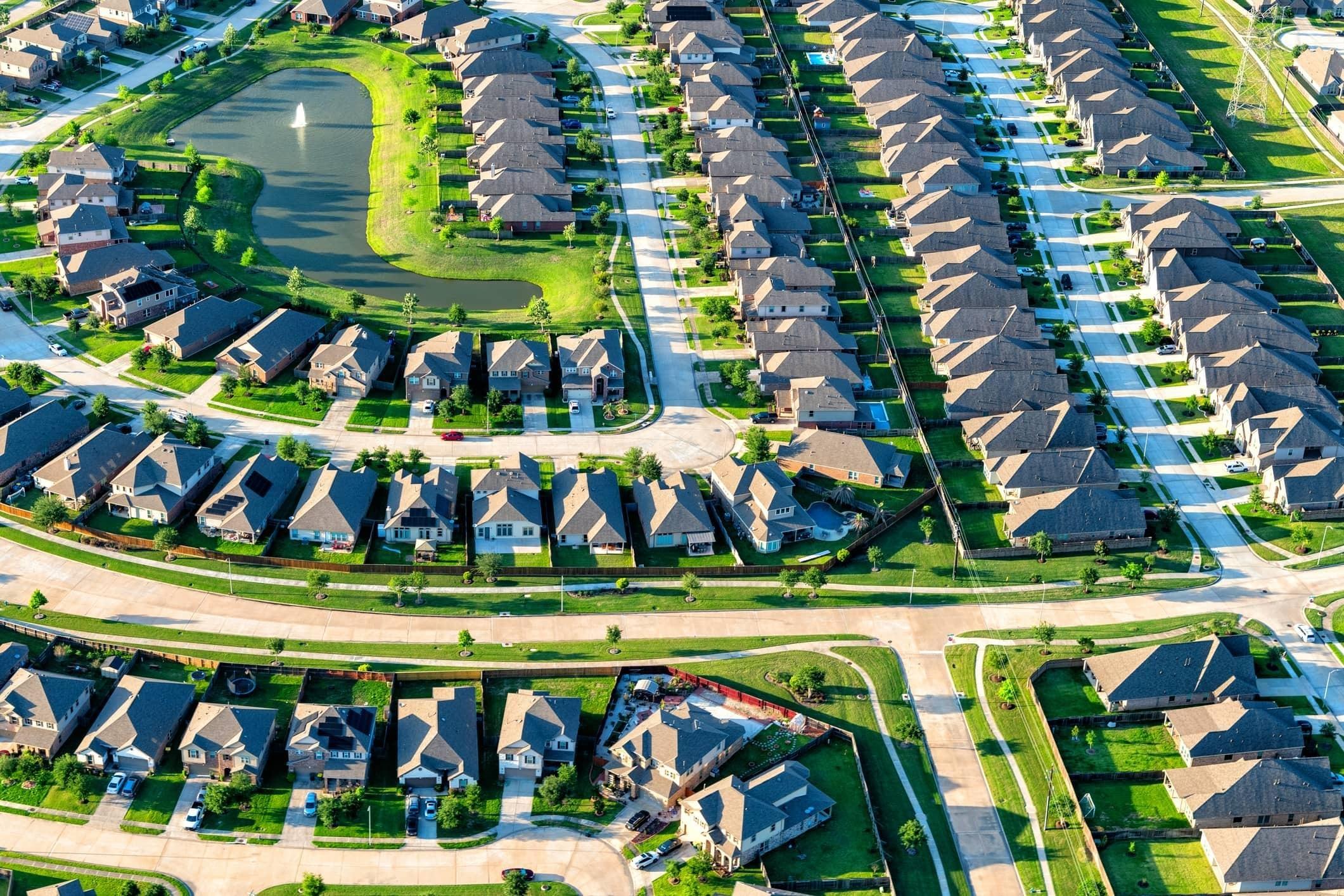Compare our current interest rates
See your personalized rates by providing answers to a few questions below. You might even qualify for lower rates based on the information you provide. Click on Mortgage rates disclaimers below to see assumptions.
| Loan Type | Rate | APR | Points | Mo. Payment |
|---|---|---|---|---|
| 30-year fixed | 0.000% | 0.000% | 0 ($0.00) | $0.00 |
| 15-year fixed | 0.000% | 0.000% | 0 ($0.00) | $0.00 |
| FHA loan | 0.000% | 0.000% | 0 ($0.00) | $0.00 |
| VA loans | 0.000% | 0.000% | 0 ($0.00) | $0.00 |
| Jumbo loans | 0.000% | 0.000% | 0 ($0.00) | $0.00 |
- Purchase price: $437,500
- Down payment: 20.00%
- First Lien Position
- Primary residence
- 760 FICO Score
- 30 day rate lock
- 80.00% LTV ratio
- Purchase price: $310,880
- Down payment: 3.50%
- First Lien Position
- Primary residence
- 680 FICO Score
- 30 day rate lock
- 96.50% LTV ratio
- Purchase price: $1,200,000
- Down payment: 25.00%
- First Lien Position
- Primary residence
- 760 FICO Score
- 25 day rate lock
- 75.00% LTV ratio
- Purchase price: $400,000
- Down payment: 0.00%
- First Lien Position
- Primary residence
- 680 FICO Score
- 30 day rate lock
- 100.00% LTV ratio
- Must meet eligibility assumptions to qualify
Your complete guide to mortgage rates
Mortgage rates FAQs

Paving the way since Y2K
*97% Customer Satisfaction: Data Source: Rate's Client Satisfaction Surveys (Averaged 2023)
**Rate’s 5-minute pre-approval refers to an automated underwriting review of borrower submitted loan documentation and subsequent pre-approval and should not suggest to a borrower that Rate has fully funded or approved the borrowers mortgage application within 5 minutes. Rate cannot guarantee that a loan will be approved or that a closing will occur within a specific timeframe. Not all borrowers will be approved. Borrower's interest rate will depend upon the specific characteristics of borrower's loan transaction, credit profile and other criteria. Restrictions apply.







